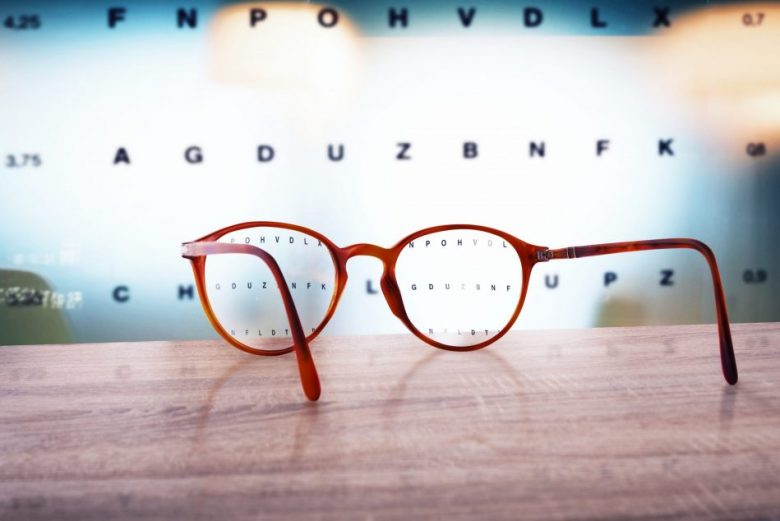Working from home and the effect on your eyes
Sep 10, 2020, 4:49 PM | Updated: Sep 15, 2020, 1:28 am

Whether you’ve worked remotely for years or have joined many others around the world in the work-from-home ranks recently, you may be getting sick of staring at screens.
From doing your job to connecting with family and friends to relaxing in front of a show, all that screen time can wear you out. And it’s more than just a feeling — you could be experiencing eye fatigue.
When you stare at a computer or your phone, you blink less, Lisa Lombardi writes for Johnson & Johnson. The average adult blinks 10 to 20 times per minute, which cleans and moisturizes the eyes.
“If you’re working on a computer, your blink rate drops in half,” optometrist Joe Boorady told Lombardi.
That’s why, when you get a lot of screen time, your eyes could dry out.
You could also get eyestrain from exposure to bright light and from staring at a small area, which exhausts the ability of your eyes to focus, ophthalmologist Matthew Gardiner told Harvard Health.
In short, working from home could be giving you fatigue, dry eyes, headaches, and blurry vision.
Eye conditions and treatment
Two problems you may run into from overusing screens include Computer Vision Syndrome and Meibomian Gland Dysfunction. Both conditions have become increasingly common in adults and children.
Computer Vision Syndrome causes eye strain and discomfort and can be treated several ways, according to Web MD:
- Cut the glare by dimming or moving away from lights and windows.
- Keep your monitor slightly below eye level and 20 to 28 inches from your face.
- Follow the 20-20-20 rule by looking off your screen every 20 minutes at something 20 feet away for 20 seconds.
- Change your computer’s brightness, contrast, and font size to comfortable settings.
As for Meibomian Gland Dysfunction, it occurs when tiny glands in your eyelids clog and can no longer produce tears. The meibomian glands usually produce and secrete oils that help your tear film stick to your eye’s surface.
“If the glands become clogged, obstructed or otherwise malfunction, the tear film loses the oil it needs, and the tears evaporate too quickly off the surface of the eyes,” Dr. Jay Schwartz from the Schwartz Laser Eye Center says. “This causes uncomfortable dry eye symptoms like burning, itching and sensitivity to light.”
Anyone can get MGD, and one study in the journal Cornea showed that 86% of patients with dry eyes had symptoms of the condition.
Historically, MGD has been difficult to treat because the glands are so small. Fortunately, a cutting-edge treatment, the LipiFlow Thermal Pulsation System, is available. It works by heating and massaging any blockage in the glands. You can have this simple outpatient procedure in your eye doctor’s office.
“The treatment process is fast, and there is no downtime,” Dr. Jay Schwartz from the Schwartz Laser Eye Center says. “The system has been cleared by the FDA for safety and effectiveness.”
Here’s what you can expect:
- The only drug you need is an anesthetic drop to numb your eyes
- The LipiFlow device is placed under and over your eyelids and does not touch your eye’s surface.
- The device uses heat and gentle pressure to melt any hardened oil.
- The entire treatment takes about 12 minutes.
- Most patients’ tear stability is restored within a few weeks.
- Results last approximately two years.
Learn more about how you can improve your dry eye problems and schedule an appointment at one of Schwartz Laser Eye Center’s locations in Arizona. Visit SchwartzLaser.com for more information





